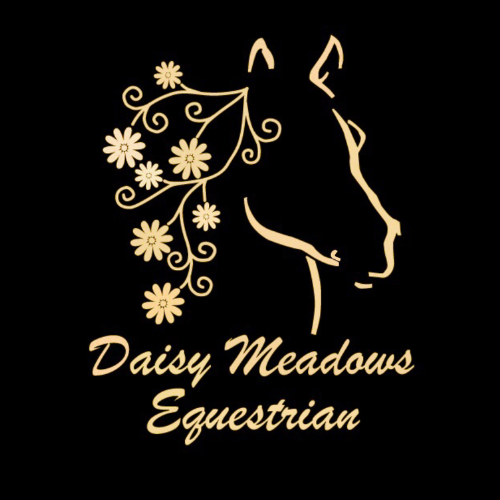Daisy Meadows Equestrian Code of Conduct
Athlete Statement
I believe that the true essence of sport is to strive for personal achievement and excellence through full and honest effort.
I am committed to participating in sport with integrity and to striving to win only by legitimate means. I pledge to learn, understand, and adhere to both the written rules of my sport and the accepted rules of fair play.
I believe that violence and physical intimidation are harmful to sport, and I refuse to use such tactics in an attempt to gain an unfair advantage. I understand that officials, teammates, and opponents are all integral to sport and worthy of my respect. It is my responsibility to maintain self-control. I will accept decisions made by officials, coaches or DME staff without arguments.
I will not ride aggressively or with hostility and will behave graciously in triumph or defeat.
I believe that the equestrian sport is based on a partnership between the horse and human athlete.
Code of Conduct
- This Code of Conduct aims to promote a safe and positive environment within DME programs, activities and events by making all parties aware that there is an expectation of appropriate behaviour consistent with DME values at all times.
Respect for Others
- I agree to act with respect toward all those I come into contact with through sport.
- I refrain from comments or behaviours which are abusive, offensive, racist, sexist or otherwise belittling or demeaning to others.
- I consistently demonstrate the spirit of sportsmanship, sports leadership and ethical conduct.
- I do not harass or tolerate harassment by others.
- I respect others as persons and treat them with dignity.
- When appropriate, I act to correct or prevent practices that are unjustly discriminatory, hateful, or mean-spirited.
- I respect the privacy of others.
- I do not endanger the safety of others or horses through my actions.
Respect for Self
- I act with fairness and integrity in the pursuit of excellent sports.
- I practise drug-free sports and avoid abusing alcohol and illegal drugs.
Respect for Horse
- I put my horse’s needs first and believe in upholding the horse’s welfare.
- I treat my horse with the kindness, respect and compassion that they deserve, and I never mistreat my equine partner.
- I provide for my horse’s well-being before and after riding and especially when transporting them off the property.
Respect for Sport
- I strive for personal excellence in sport.
- I honour and respect the spirit and traditions of sport.
- I do not impede the preparation for the competition of other competitors or teammates. I respect the decisions of judges and officials.
- I promote drug-free sports.
Respect for DME
- I accept DME’s rules, policies and procedures governing events and competitions in which I participate.
- I comply with the reasonable requests of coaches, instructors and staff of DME.
- I accept that I am an ambassador for the equestrian sport and DME in all my interactions, including on social media (see DME Social Media Policy)
- I refrain from any action which might bring the equestrian sport or DME into disrepute.
DME Academy and Performance Attire
Our riding academy and performance programs are built based on Equestrian Canada Learn to Ride Program. As described in the Equestrian Canada Rider Manual Level 1-2, safe attire in stables is required for all DME activities, including lessons, camp and our stable management classes.
Safe riding attire includes:
- Weather-appropriate, comfortable, secure clothes which will permit enough freedom of movement to ride comfortably.
- Long pants, preferably stretchy with no inseams, as they can be painful and chafing.
- ASTM-certified helmets, fitted so they do not move when the rider’s head moves and the straps adjusted snugly (including when grooming)
- Boots high enough to support the ankle with a 1/2″ heel so that the foot cannot advance too far in the stirrup and rigid sole for comfort and protection
Recommended but not required:
- Half chaps help protect the rider’s calf from being pinched by stirrup leather and are worn with paddock boots.
- Alternatively, Tall boots are in leather or rubber (rubber offers less flexibility in the ankle, so not optimal)
- Belt to tuck the shirt in as it helps instructors to be able to see riders’ position clearly
- Riding gloves to help with grip on reins
- Long sleeves can be ideal (i.e., sun shirts) as when we go outside for riding this can provide protection from bugs and the sun
Unsafe attire includes:
- Open-toe shoes (not permitted in our barn aisle for riders, parents or visitors) as if a horse steps on your foot by accident, your risk of injury is hugely increased
- Really loose/baggy clothes that can catch on equipment
- Tops that can’t be tucked in as exposed midriff is a risk for scratching/catching
- Shorts as the stirrup leathers will chaffe, and many stable management activities are more safely done with legs covered (e.g., handling of hay)
